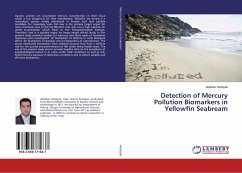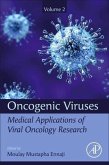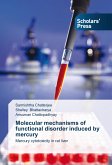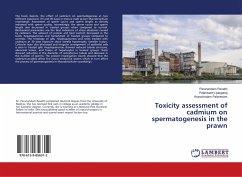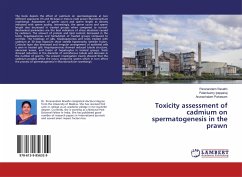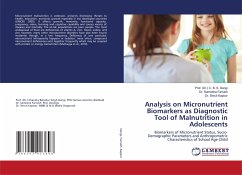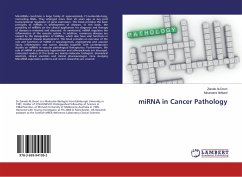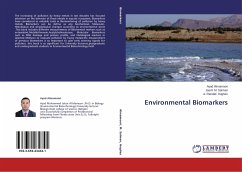Aquatic animals can accumulate mercury concentration in their tissue which is too dangerous for their metabolisms. Yellowfin sea bream is a mariculture species widely distributed in Persian Gulf and suitable candidate for toxicology tests. Fish liver is the primary target organ for many chemicals. Due to the bio-filtration role, liver has a high capacity for metal accumulation which leads to the histopathological damage. Therefore, liver is a suitable organ for heavy metals effects study. In the present study chemical analysis (of mercury) and three types of biomarker responses were investigated: (a) biomarkers of defense or early biological effect, (b) biomarkers of damage and (c) biomarkers of reproduction. The above mentioned biomarkers were selected because they have a definite role for the survival and performance of fish under heavy metals stress. The aim of the present study was to provide baseline data on the prevalence of ecophysiological lesions in A. Latus under field conditions as well as sub-lethal mercury exposure in laboratory conditions and to detect suitable and effective biomarkers.
Bitte wählen Sie Ihr Anliegen aus.
Rechnungen
Retourenschein anfordern
Bestellstatus
Storno

